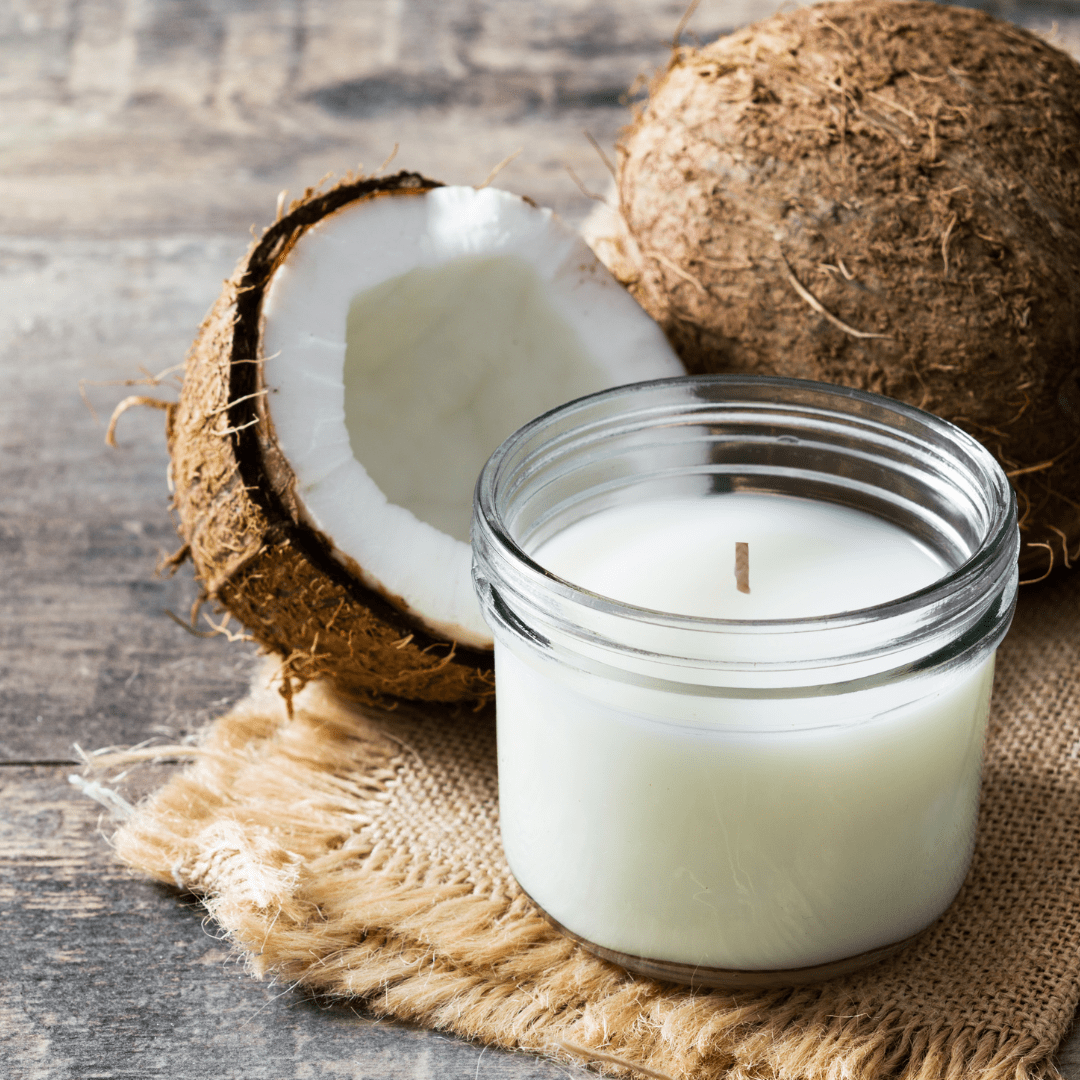From Wick to Wax: Understanding the Chemistry Behind Soy Wax Candles and Their Environmental Effect
As we illuminate our rooms with the cozy glow of candles, there exists a realm of intricate chemistry behind the seemingly simple act of lighting a soy wax candle. The selection between soy and paraffin wax extends past simple appearances, diving right into the world of environmental influence and the extremely structure of the products. Comprehending the molecular structure of soy wax and its burning process clarifies the exhausts launched right into our environments. Join us as we untangle the scientific ins and outs behind soy wax candle lights and explore their effects on our atmosphere.
Soy Wax Vs. Paraffin Wax
When comparing soy wax and paraffin wax for candle production, it is important to understand the unique characteristics and benefits of each product. Soy wax is a natural, renewable resource originated from soybean oil, making it green and naturally degradable - soy candles. On the other hand, paraffin wax is a by-product of oil refining, which raises worries regarding its environmental influence and sustainability
Soy wax candles shed cleaner and discharge less soot compared to paraffin wax candle lights, making them a healthier option for indoor air quality. Furthermore, soy wax has a lower melting factor, permitting a longer-lasting candle that spreads fragrance better. Paraffin wax, on the other hand, tends to melt faster and much less cleanly, potentially launching damaging chemicals into the air.
From a sustainability viewpoint, soy wax is favored for its biodegradability and renewable sourcing, lining up with the expanding consumer choice for ecologically mindful items. While paraffin wax has actually been a standard option in candle light making as a result of its affordability and convenience of usage, the change in the direction of green alternatives like soy wax is acquiring momentum in the industry.
Chemical Structure of Soy Wax

Combustion Process in Soy Candles
The chemical composition of soy wax straight influences the combustion procedure in soy candle lights, influencing factors such as melt time, aroma launch, and ecological influence. When a soy candle is lit, the heat from the flame thaws the wax near the wick. This liquid wax is after that created the wick due to capillary activity. As the liquid wax gets to the fire, it goes through and evaporates combustion. The burning procedure involves the vaporized hydrocarbons in the wax responding with oxygen airborne to generate warm, light, water vapor, and co2.
The burning performance of soy candle lights is influenced by the purity of the soy wax and the top quality of the wick. A clean-burning soy candle with an effectively sized wick will generate a consistent flame and minimize residue development. This not only prolongs the burn time of the candle light but likewise boosts the release of scents. In addition, soy wax candles have a lower environmental influence contrasted to paraffin candles due to their biodegradable and renewable nature.

Environmental Advantages of Soy Wax

Thought about a sustainable option to typical paraffin wax, soy wax offers significant ecological benefits that make it a prominent option amongst eco-conscious customers. One substantial advantage of soy wax is its renewable sourcing. Soy wax is originated from soybean oil, which is mostly grown in the USA. The cultivation of soybeans assists support local farmers and lowers the dependency on non-renewable fossil fuels used Get More Information in paraffin wax manufacturing. Furthermore, soy wax is biodegradable, implying it breaks down normally without releasing unsafe contaminants into the atmosphere. This characteristic makes soy wax candle lights an extra eco-friendly alternative contrasted to paraffin wax candles, which are made from oil, a non-renewable source. Furthermore, soy wax burns cleaner and generates much less residue than paraffin wax, contributing to far better indoor air quality and minimizing the need for cleansing and upkeep. Overall, the environmental benefits of soy wax straighten with the expanding need for sustainable and green products on the market.
Recycling and Disposal Factors To Consider
Recycling and appropriate disposal of soy wax candle lights play a critical function in keeping environmental sustainability and minimizing waste in homes and neighborhoods. When it comes to reusing soy wax candle lights, the initial step is to ensure that the candle light has burned totally.

In terms of disposal, if recycling is not an alternative, soy wax candle lights are naturally degradable and can be safely gotten rid of in a lot of home waste systems. It is constantly suggested to examine with local recycling facilities or waste administration solutions for specific standards on candle light disposal to guarantee appropriate handling and ecological defense.
Final Thought
To conclude, the chemistry behind soy wax candle lights discloses their ecological benefits over paraffin wax candles. Soy wax, stemmed from soybean oil, burns cleaner and creates much less soot when compared to paraffin wax. The burning procedure in soy candle lights is much more reliable, leading to a much longer and more even shed. In addition, soy wax is eco-friendly and official site biodegradable, making it a much more lasting selection for candle light manufacturing. Reusing and proper disposal of soy wax candles better add to their ecological effect.
When contrasting soy wax and paraffin wax for candle making, it is crucial to recognize the distinctive qualities and advantages of each material (crystal soy candles).Soy wax candles burn cleaner and emit More Bonuses less soot contrasted to paraffin wax candles, making them a much healthier selection for interior air high quality.Considered a lasting option to standard paraffin wax, soy wax uses remarkable environmental advantages that make it a preferred choice amongst eco-conscious consumers. Soy wax burns cleaner and creates much less residue than paraffin wax, contributing to much better indoor air top quality and minimizing the demand for cleansing and maintenance.In final thought, the chemistry behind soy wax candles reveals their ecological advantages over paraffin wax candle lights
Comments on “Produce Setting with Handcrafted Soy Wax Candles and Home Fragrance”